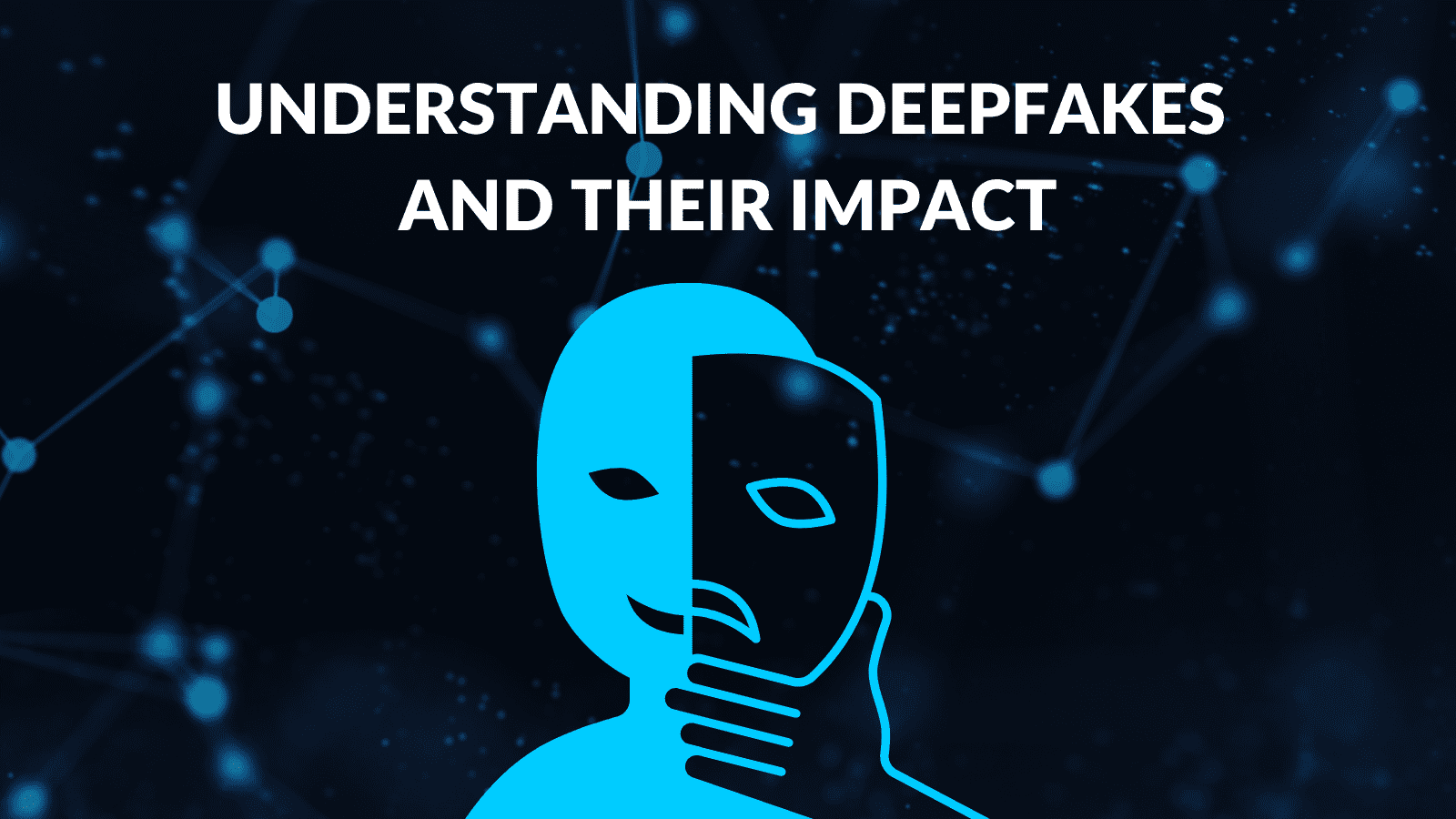

Deepfakes and Their Impact
Deepfake technology has recently become a subject of both fascination and concern in the technological landscape. During my recent research about deepfake technology, I came across this report “The 2023 Gartner Report” which sheds light on the impressive progress and potential risks associated with deepfakes.
These sophisticated forgeries have evolved significantly due to the accessibility of AI and machine learning tools, enabling even newcomers to create remarkably convincing content. This widespread accessibility has sparked fears about its implications on brands, reputations, and overall security.
Accessible AI and ML libraries have made the creation of authentic-looking deepfakes easier than ever before. What was once considered the domain of experts is now within reach of a broader audience. The Gartner Report highlights the emergence of user-friendly tools capable of manipulating videos and voice recordings. It raises concerns about their capacity to harm a company’s brand, tarnish executive reputations, and influence employees negatively.
Challenges


The advent of deepfake technology also poses challenges in recruitment and validation processes, affecting both voice and video overlays. The report points out the potential complications in online interviews, an integral part of modern recruitment, where distinguishing genuine identities from digitally altered ones becomes increasingly challenging. Tools like OpenAI’s ChatGPT can even generate code that seemingly passes technical interviews, adding another layer of complexity to candidate evaluation.
Moreover, the readiness of many enterprises to combat deepfake threats is questioned in the Gartner Report. The convergence of deepfakes, cyber activism, and AI-driven fraud presents significant challenges for Chief Information Security Officers (CISOs) and security teams. Technologies that were once adopted to streamline processes during digital transformation are now vulnerable to malicious activities, prompting a re-evaluation of cybersecurity strategies.
So, if it poses these challenges, what is the solution? Let’s discuss, what we can do about it.
Way forward


To address these concerns, Digital Risk Protection Services (DRPS) have emerged as a potential solution. These services utilize machine learning, computer vision, and continuous monitoring to identify and counteract false information circulating online. In a world where attack surfaces are expanding, DRPS can aid companies in safeguarding their external assets.
The Gartner Report also offers a set of practical recommendations to mitigate deepfake risks:
Educate Senior Leaders: Ensure top leaders understand current impersonation trends, their consequences, and effective risk-mitigation strategies.
Recognize Scammer Patterns: Train individuals to spot patterns typical in scams, especially those involving money transfers or granting permissions.
Verify Authenticity: Create ways for employees to verify requests, much like multifactor authentication methods.
Boost End-User Awareness: Strengthen training and security programs to educate users on how adversaries use deepfake technology.
Leverage Threat Intelligence: Use threat-hunting services to monitor reputation, scan the dark web and social media, and identify emerging AI/ML risks.
Implement Content Validation: Use cryptographic digital signatures and other tools to validate the legitimacy of enterprise content.
Final Words
In conclusion, the ever-evolving realm of deepfake technology requires constant vigilance. Staying informed and applying these strategies can help companies combat deepfakes while protecting their interests and stakeholders’ well-being.


Leave a Reply